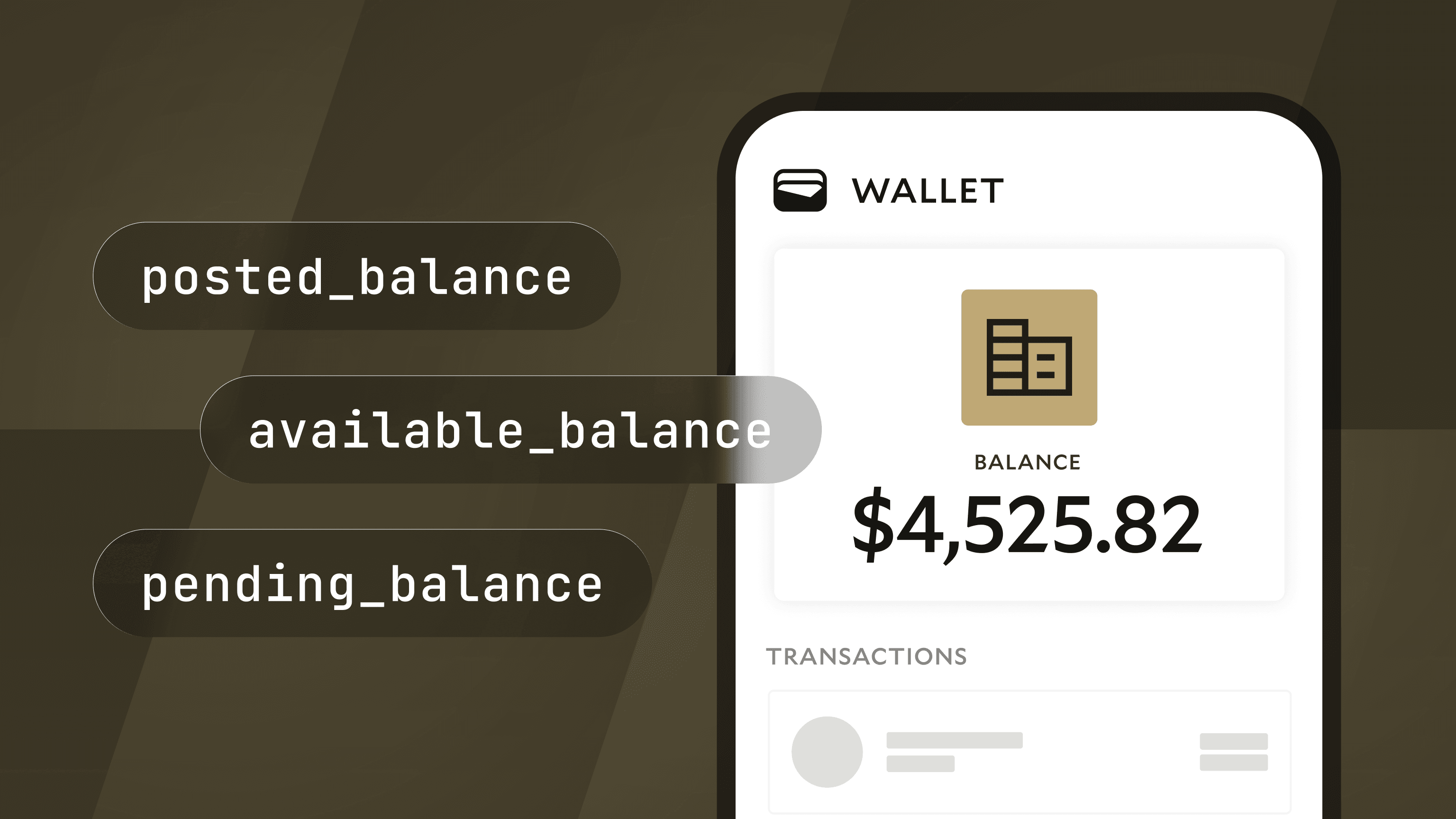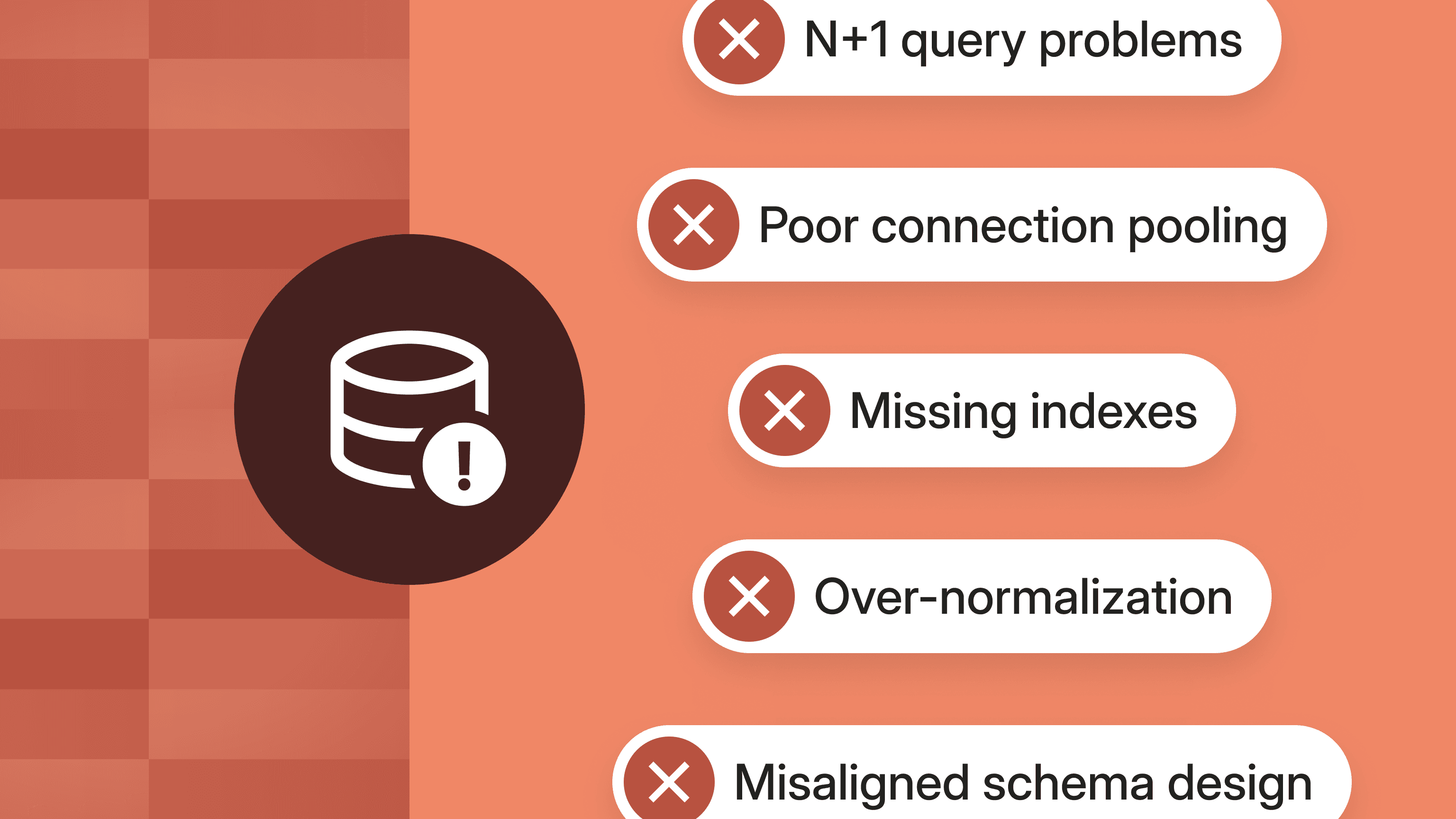How Fintech and Traditional Finance Leaders View Payment Ops
In this journal, we take a deep dive into how fintech and traditional finance leaders view their payment operations based on data from our third annual State of Payment Operations Report.

In September, we released our 3rd annual State of Payment Operations report, where we surveyed over 500 financial decision makers for insights into payment operations at their companies. The decision makers came from all kinds of industries, from marketplaces, to real estate, and more.
We also heard from respondents identifying their industry as “Software or Technology (Finance or Fintech focus)” or “Banking, Lending, or Investing.” Here, we’ll look at how leaders from both view their payment operations. For the sake of simplicity, we’ll refer to these groups as fintechs and traditional finance.
Similar Challenges
Data revealed three major similarities when it comes to payment operations for fintechs and traditional finance companies. Both groups reported a higher rate of manual payment operations than financial decision makers as a whole. Fintechs reported that 38.9% of company payment operations are manual versus 37.2% for traditional finance companies (for reference, the percentage reported by total respondents was 36%).
Second, both fintechs and traditional finance companies build more of their own payment infrastructure in-house. Whereas 59% of overall respondents said their company develops or builds its own payment operations software, 71% of leaders from both fintechs and traditional finance companies reported the same. These groups also process a greater percentage of their payments via internal systems built with engineers — 23.1% for fintechs and 24.8% for traditional finance versus 21.7% reported across respondents.
Lastly, leaders from fintechs and traditional finance companies were more likely to report delays. Across payment types, fintechs averaged 2.3 percentage points above the norm for delays with traditional finance averaging 3.7 points with a maximum disparity of 8 points.
| All Respondents | Fintechs | Traditional Finance | |
|---|---|---|---|
It takes more than 1 day for a same-day ACH payment to post | 60% | 66% | 63% |
It takes more than 1 day for a domestic wire to post | 57% | 57% | 59% |
It takes more than 2 days for a check to post | 56% | 58% | 53% |
It takes more than 2 days for an international wire to post | 56% | 61% | 64% |
It takes more than 1 hour for RTP to post | 54% | 56% | 50% |
It takes more than 2-3 days for an ACH payment to post | 47% | 46% | 53% |
There are a few notable distinctions between how these two groups approach payment operations. Overall, fintech leaders report using more systems to manage payment operations with 39% using five or more systems (versus 30% reported by traditional finance companies). Fintech leaders are also more likely to use a third-party payment provider—83% reported using one versus 78% of traditional finance leaders.
Business Impacts
Both groups are more likely to build their own bank integrations—while 60% of all respondents reported building their own, the figures were 67% from fintech leaders and 72% from traditional finance. 47% of fintechs said that it was difficult to maintain bank integrations (their top reported integrations challenge) versus 37% of respondents from traditional finance. Sending bank data to other systems was also challenging for 38% of traditional finance companies (their top reported integrations challenge) versus 36% of fintechs.
In describing their payment operations, fintech leaders were most likely to choose the word “complicated” (37%) whereas traditional finance leaders were more likely to choose “manual” (46%).
Payment Tracking
Reconciliation is a marked pain point, especially for fintechs. Among problems with payment operations, fintech leaders were more likely to say it takes too long to reconcile payments than traditional finance counterparts (32% versus 24% respectively). Fintech leaders were also more likely to report a low rate of accurate reconciliation—30% versus 21% reported by traditional finance companies.
Leaders from both groups were more likely to say that less than 80% of their company’s payments accurately reconciled to bank statements (51% for fintechs and 55% for traditional finance) than total respondents (46%).
Companies with traditional finance models were more likely to report a high rate of payment refunds and returns—26% versus 22% reported by fintech leaders and 23% reported by respondents overall. Leaders in traditional finance also reported more payment failures than the norm, with 40% stating that more than 10% of payments fail.
Time Lost
From challenges with in-house builds and delays, to cumbersome reconciliation and returns/refunds, both groups are losing time on payment operations.
A sizable 40% of fintech respondents reported losing more than eight hours a week managing payment operations (and 20% said they lose 17+ hours a week)—both figures are at least three percentage points above the norm. While traditional finance leaders reported slightly less time spent on payment operations, the losses are still significant: 32% of decision makers said they lose more than eight hours weekly and 15% said they lose more than 17.
Appetite for Change
The good news is both groups plan to tackle these challenges. The only difference is the priority accorded to the process—and the barriers they expect to encounter along the way.
At a high level, the need to improve payment ops is a shared priority (96% and 95% fintech and traditional finance respectively), but nuances opened up when companies were pressed on the matter. Here, traditional financial services leaders ranked the need to improve as a “high” priority—62% compared to 49% for fintech firms.
There was unity on the need to spend money: 94% and 93% of fintech and traditional finance leaders, respectively, said they were “very” or “somewhat” likely to invest. This may not be surprising, as current market conditions are shifting toward the technology that's coming with the new era of payments. However, fintechs admitted to feeling this more than traditional institutions: 65% of the former and 58% of the latter said they had sped-up plans in light of the current economy.
| All Respondents | Fintechs | Traditional Finance | |
|---|---|---|---|
Improving payment ops is a priority | 92% | 96% | 95% |
Improving payment ops is a “high” priority | 50% | 49% | 62% |
Likely to invest | 93% | 94% | 93% |
Plans sped up by the economy/stock market | 55% | 65% | 58% |
Better Outcomes
Leaders from both industries acknowledged that there will be benefits felt on a day-to-day, operational basis if and when these investments in upgrades occur. Shorter payment processing time was more of a positive outcome for fintech leaders than traditional finance leaders (56% versus 44%). The ability to manage all bank accounts on a single platform rather than lots of different systems was also big for both industries (52% for fintech companies and 50% traditional finance). Automatic reconciliation was another highly anticipated outcome (50% for both fintechs and traditional firms).
Different Barriers to Upgrading
Leaders in both industries report barriers to payment operations improvements. Fintech leaders, even with tech credentials as change agents, expressed this concern strongest (92% compared to 86% for traditional finance leaders). Lack of resources was perceived as the single biggest issue among respondents but was expected to be a bigger problem for fintechs (46%). Traditional finance companies saw cost as a bigger hurdle than fintechs (33% versus 25%).
| All Respondents | Fintechs | Traditional Finance | |
|---|---|---|---|
Lack of resources from tech teams | 39% | 46% | 31% |
Concerns over changing existing processes | 36% | 32% | 32% |
Lack of awareness from executives | 35% | 41% | 32% |
Cost of upgrading | 33% | 25% | 33% |
Next Steps
You can find our third annual State of Payment Operations Report here. If you want to talk more about payment operations, and whether Modern Treasury can help you upgrade, reach out to us.








